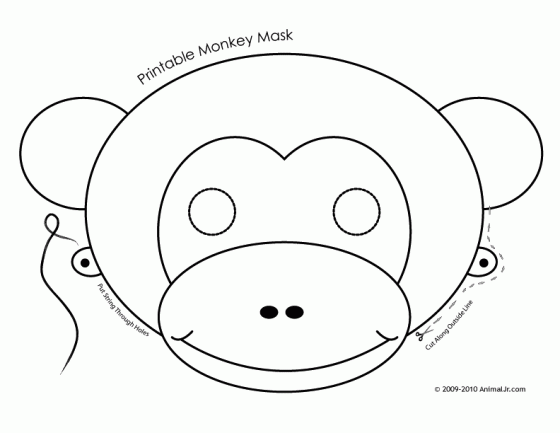One of the keys to keeping very young learners (ages 2-5) interested and involved in the class is to switch games or topics frequently. An activity can be anywhere from 1-5 minutes; more than that and the students simply don’t have the attention span to stay connected to the material. Particularly for young students, it’s important to use English in a natural way rather than attempting to “teach” vocabulary and grammar out of context. That’s why playing with things that don’t seem very much like a serious English lesson is often so effective at helping young learners speak more English!
We are always trying to come up with new activities that can be fun for young learners and don’t require a lot of set-up or tear-down. The longer we spend preparing an activity, the less time that our students are getting active language practice, and the more likely they are to become distracted (although you can read about some passive teaching techniques here!). We need things that work quickly and are fun!
We have been trying out a new upcycled pasta shaker and have found that it’s lots of fun! It’s also a great way to practice numbers, colors, the “stop” and “wait” commands, and to turn nervous energy into a positive learning experience!

Copyright http://www.countryfitfamily.com
Pasta shakers require very few things that you probably have around your house or school:
- a clean, dry plastic bottle with a lid
- something that children can touch and count to fill the bottle
Here’s how we play pasta shakers:
- Show the students your plastic bottle. Ask what it is. Ask them if it’s an apple or a banana (no!). Tell them that it’s a bottle! What can we drink out of a bottle? Milk or water!
- Tell the students to listen (shhhhh, listen! in a quiet voice). Shake the bottle. They won’t hear anything. Look disappointed and even be a little silly with your bottle trying to make a noise.
- Bring out a small box with 10 pieces of pasta (You can repeat this activity with other fillers, like marbles, clean rocks or colored pasta. Make sure that it is an age-appropriate filler and that, should a student get it in his or her mouth, there is minimal choking risk!). Show the students and say Wow, pasta! We can shake the pasta!
- Count each piece of pasta as you drop them into the bottle. The students should count with you. Shake the bottle and tell them, Look! We’ve made a pasta shaker!
- Ask the students if they would like to make a pasta shaker. You can use “Yes, please” for very young learners, or “Can I make a pasta shaker?” for older learners.
- Hand out the bottles to the students. Give 10 fillers to the students one-by-one and help them count as they put the fillers in the bottle.
- Let them shake! You can invent songs, dances, etc., to make this even more fun!
You can expand later by telling students when to stop shaking (and count to a certain number before resuming their shaking!). This will help them learn to focus on you and wait for their reward.

Copyright http://www.intheplayroom.co.uk
Finally, say goodbye to the fillers and bottles. Save your upcycled pasta shakers for the next time!













